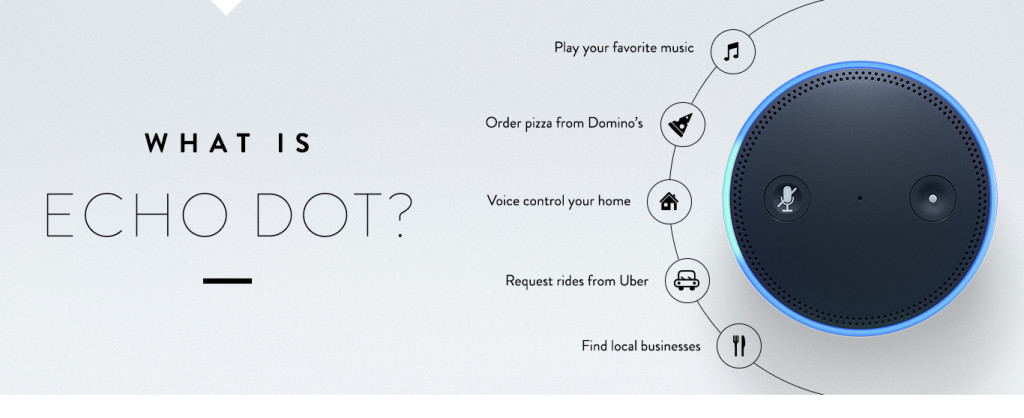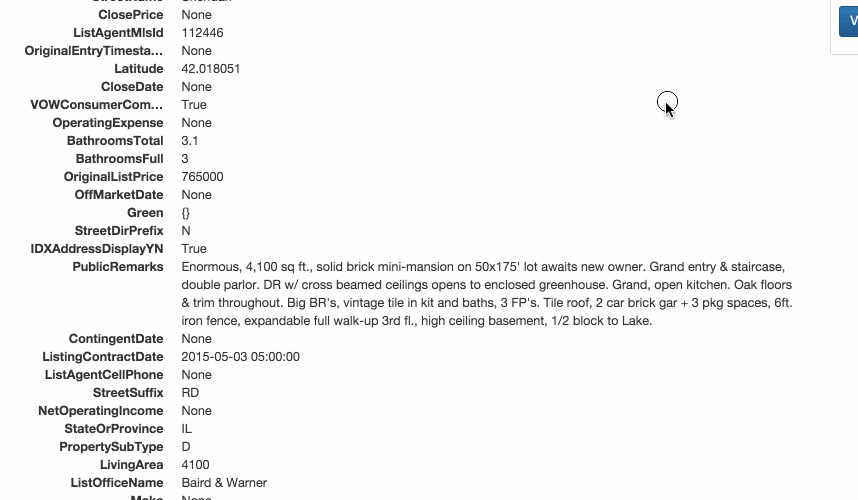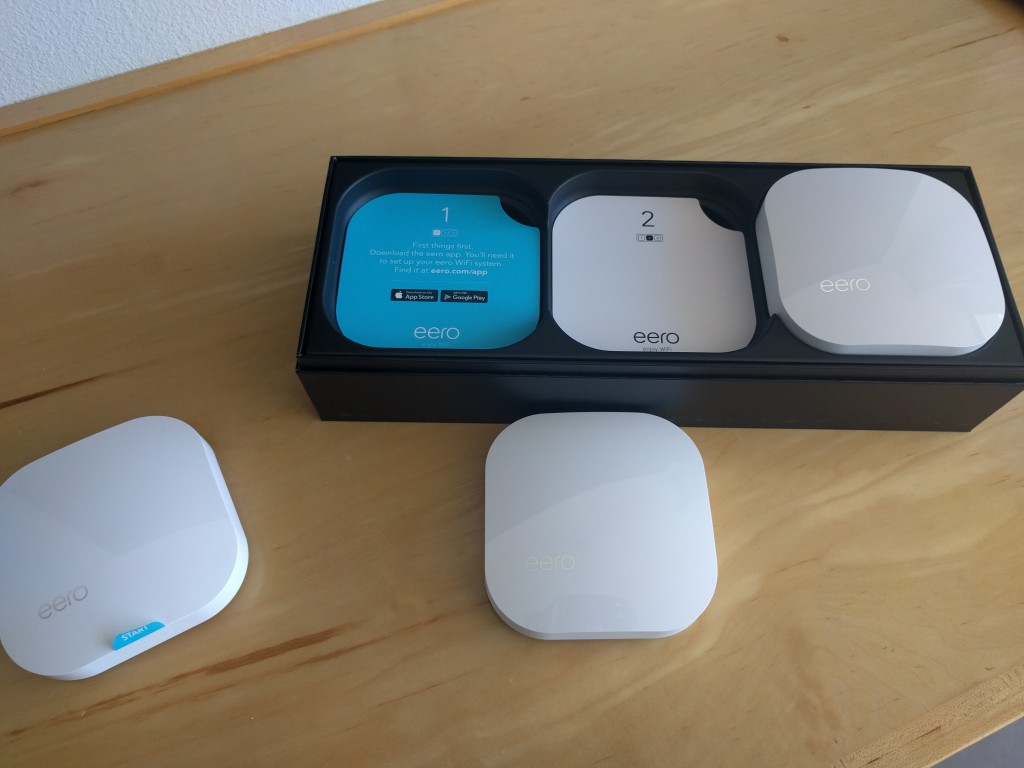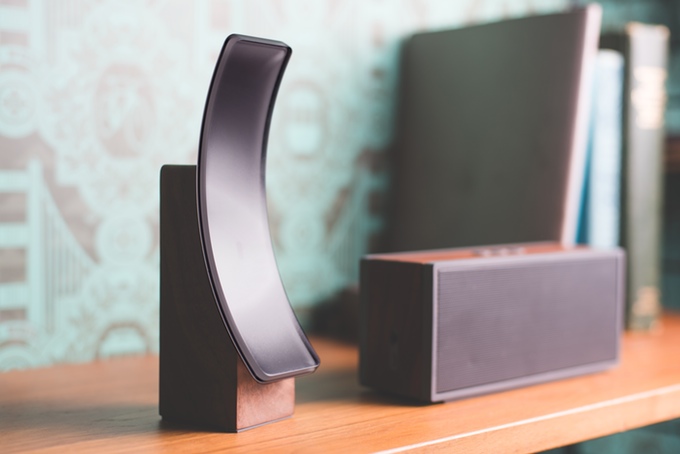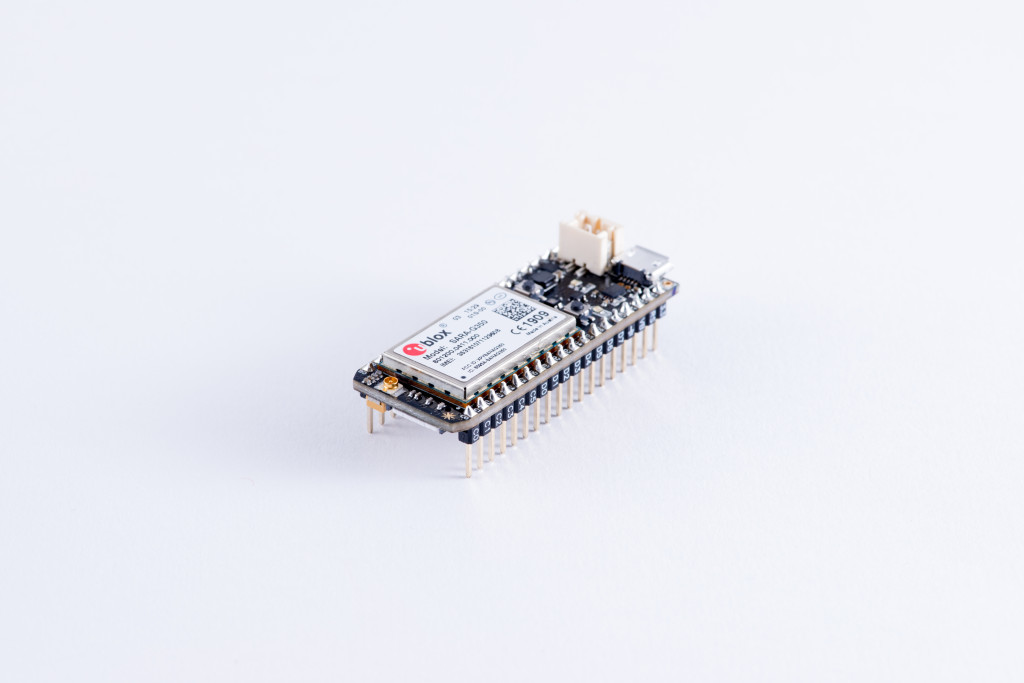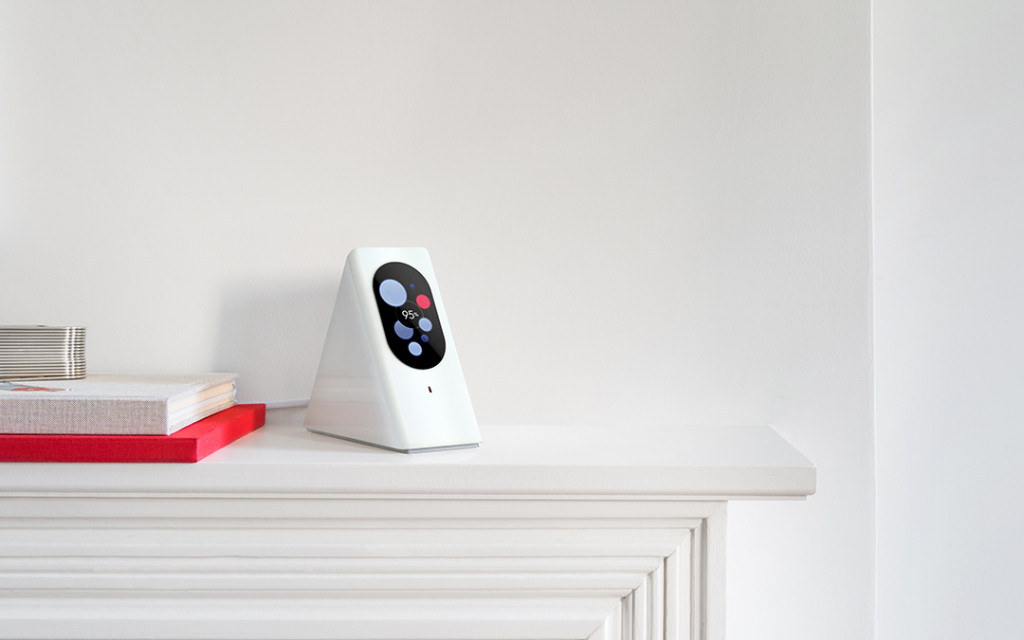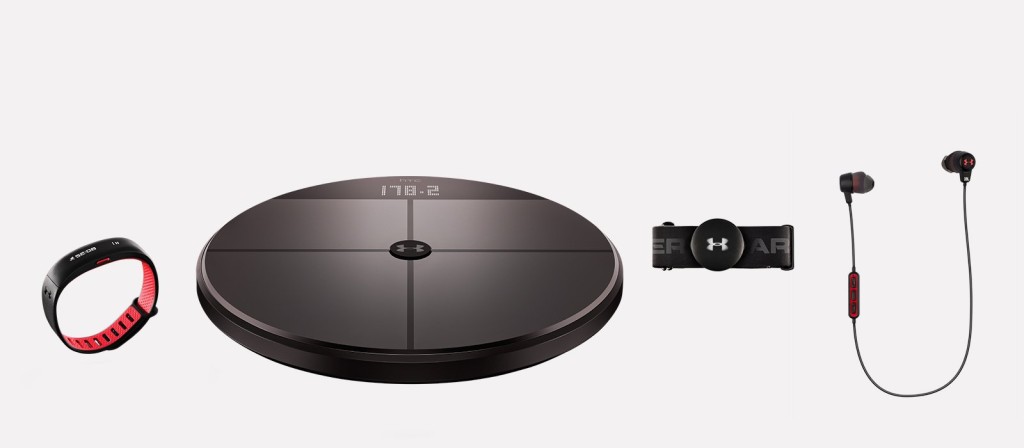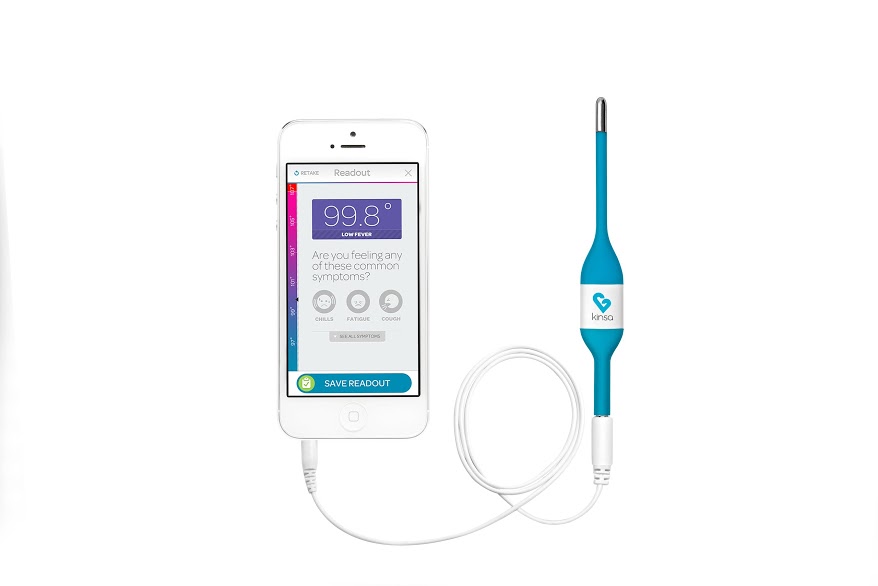This week, Kevin Tofel and I discuss the challenges of treating connected hardware like software. Nest is experiencing one of those challenges this week as it requests users accept new terms and conditions in order to use their Nest. If you don’t agree, you don’t get the app, which is frustrating users who feel that Nest is reducing the functionality of the product. Twitter users are calling this holding the device hostage, but it is a legal necessity if you change certain features. Kevin and I propose a solution.
After that we spend time discussing the New Philips tunable white lights, the C by GE lights and the Stack lights, which I am trying out and still learning how to use.
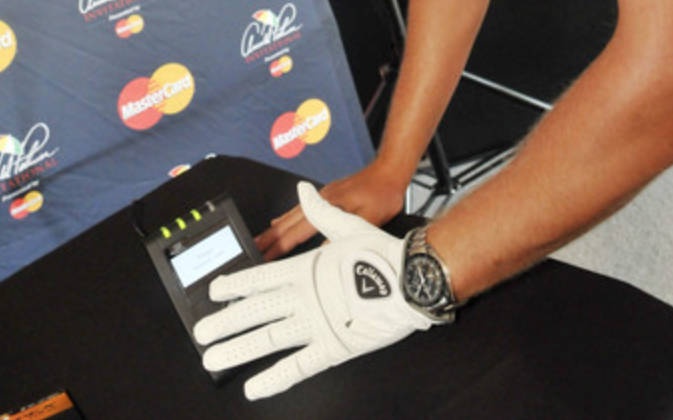
Our guest this week is Sherri Haymond, Senior Vice President of Digital Payments & Labs at MasterCard, who discusses the future of payments and how MasterCard’s partners are putting the ability to buy things in surprising places. Callaway, the maker of golf gear, has put payment tech into a golf glove while a fashion designer is embedding the technology in hats, handbags and jewelry. Enjoy the show.
Hosts: Kevin Tofel and Stacey Higginbotham
Guest: Sherri Haymond, Senior Vice President of Digital Payments & Labs, MasterCard
- We need granular permissions for new connected device features
- Lights, lights and more lights
- Early thoughts on the Stack lights
- You can pay with anything!
- How to secure the Internet of payments
Podcast: Play in new window | Download | Embed
Subscribe: RSS

